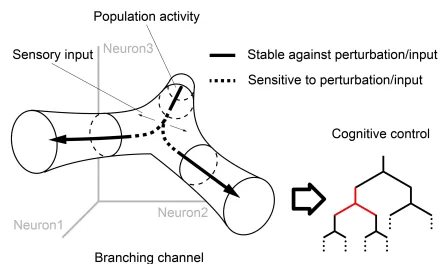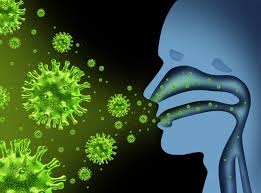Atopic eczema cases are on the rise, significantly impacting the quality of life and overall health of affected individuals. The condition, which is characterized by inflamed, itchy, and dry skin, has seen an increase in diagnoses, particularly among children from higher socioeconomic backgrounds. While the exact cause remains unknown, factors such as cold weather, dry air, an overactive immune system, and the modern Western lifestyle are believed to contribute to its prevalence.
Increasing Prevalence and Causes
According to Laura von Kobyletzki, a researcher at Lund University in Sweden, the rate of atopic eczema has risen over the past few decades, although the pace has recently slowed. The disease tends to worsen in winter due to dry air and dusty conditions. Genetic predisposition, along with lifestyle influences, is a key factor in determining susceptibility. While children from higher socioeconomic backgrounds have historically been more affected, the socioeconomic gap has diminished in recent years.
“It has previously been said that most children grow out of their eczema, and about 60 percent are indeed symptom-free as teenagers. But many of them will relapse later in life, often with hand eczema,” explains von Kobyletzki, who is also affiliated with Skåne University Hospital in Malmö.
Biological and Social Impacts
Eczema manifests differently across various age groups. In young children, it commonly appears on the cheeks, around the mouth, on the stomach, back, and in joint creases. Among teenagers, it is often found on the head and throat, while in adults, hand eczema is most common.
The condition is a barrier disease that weakens the skin’s natural protection, making it vulnerable to bacteria and microbes. Atopic eczema is among the most distressing chronic skin diseases due to its symptoms, including intense itching, pain, sleep disturbances, and social stigma. Women tend to have a worse prognosis due to a combination of biological, psychological, and social factors.
Recent research has revealed a connection between severe eczema and lower stress tolerance, impaired cognitive function, and academic struggles in children. Sleep deprivation caused by eczema-related discomfort contributes to concentration difficulties and increased school absences. Among adults, the disease can affect self-esteem and the ability to form relationships, with studies indicating that individuals with atopic eczema are less likely to marry or cohabit.
Links to Other Health Conditions
Atopic eczema is often the first stage in the “atopic march,” a progression of allergic diseases that includes hay fever, asthma, and food allergies. Severe eczema has also been linked to mental health conditions such as depression and anxiety, as well as inflammatory diseases like cardiovascular disease, intestinal disorders, and rheumatoid arthritis.
Genetic factors also play a role, with up to one-third of sufferers possessing a filaggrin mutation, which compromises the skin’s moisture barrier. This mutation is associated with early onset and increased severity of the disease.
Advances in Treatment and Management
Early intervention is crucial in managing eczema and reducing its progression to other diseases. New biological drugs, which target specific immune system responses, are now available. These treatments include immunomodulators that block inflammatory pathways and JAK inhibitors, which precisely suppress inflammation.
Von Kobyletzki emphasizes the importance of continued care: “Many patients think that they must live with their eczema. However, effective treatments exist, and individuals should seek medical support until a satisfactory outcome is achieved. Even though eczema is a chronic disease, with proper treatment, one can live a good life.”
Economic Burden and Research on Costs
To better understand the financial burden of atopic eczema, von Kobyletzki is launching a study to examine direct and indirect costs incurred by patients. This includes expenses for medications, emollient creams, extra clothing, and bed linens, as well as costs related to missed work and healthcare visits.
“We know that atopic eczema imposes significant costs on the healthcare system, but no one has thoroughly assessed the financial impact on patients themselves,” she notes.
The Treatment Ladder
Managing eczema involves a stepwise approach known as the treatment ladder, which includes:
- Patient education and emollients
- Anti-inflammatory topical treatments
- Light therapy
- Systemic treatment with conventional drugs
- Biological drugs, administered orally or intravenously
Atopic eczema remains one of Sweden’s most prevalent chronic skin conditions, affecting over 25% of children and 10% of adults. More than half of those affected develop symptoms before the age of two, underscoring the need for early diagnosis and intervention.
Disclaimer:
This article is for informational purposes only and does not constitute medical advice. If you or someone you know is suffering from atopic eczema or related conditions, please consult a healthcare professional for proper diagnosis and treatment.
Provided by Lund University.











